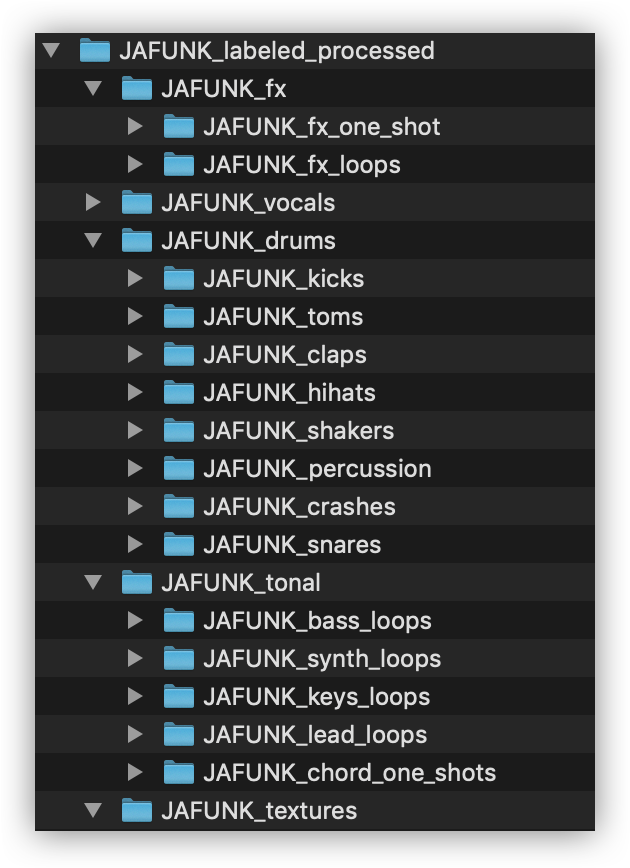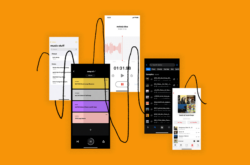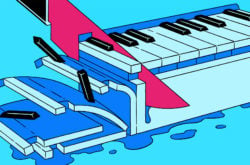Illustration: Jocelyn Tsaih
The turkey sandwiches and microwaved stuffing on the Friday after Thanksgiving hit just a little different.
Wouldn’t it be great if producing music were more like eating a hearty amount of food over the course of a few days, rather than a daunting process consisting of always starting from scratch? Thanks to the power of analogy, we can draw some humorous but meaningful comparisons—in this article, let’s explore a few techniques for making the best use of your ‘leftover’ project files.
Bounce
Just like discussing politics with your extended family at the table, looking through old project files can be a tricky situation. When you’re looking to mine your leftovers for inspiration, nothing kills a creative flow quite like going back through old project files one-by-one from your DAW’s browser. A host of potential pitfalls await: media files may be missing, projects can take forever to load, and plugins may be unavailable.
It’s a lot easier to simply listen to a list of audio files that you’ve bounced. Even if your project is unfinished, unmixed, or not arranged, it doesn’t matter—just export it so that you don’t have to break your flow by opening a new project in your DAW. You can always go back later and make adjustments.
Organize
You wouldn’t just throw all the food you didn’t eat at dinner into the refrigerator; it would turn into a disgusting mess. Similarly, if you just bounce all of your files into one random folder, chaos is sure to ensue. Organize your bounced projects into a few Tupperware containers instead of throwing them all into the same Ziploc bag, if you will. When you go back to retrieve a session later, it’ll be a lot more painless if you understand exactly what you have.
If you don’t even know where to start, try naming your bounced projects as descriptively as possible. Maintaining good folder structure is key to sample organization hygiene. For an example, check out the folders in a sample pack:

Organizing your bounced samples this way might be tedious, but it’s a great way to make your old projects more recyclable later. Plus, you can put in one earbud and move files around on the couch while half-paying attention to the Cowboys game.
Share
Just as you might let family and friends take some leftover turkey home, send your samples around to other producers you collaborate with. They might have an interesting idea for expanding upon your work, or they might be able to take it in a different direction entirely. And what sounds stale or outdated to you might be a perfect sample for someone else to flip.
Reusing and recycling old ideas might not sound very attractive to a beginning producer; you might have all kinds of ideas all the time, but experience trouble translating them into music. But trust me—once you get to the inevitable point where ideas become more scarce than ability, you’ll thank yourself for establishing organization.
How do you like to maximize your leftover projects? Start a conversation with us and other music creators via the Splice Discord.
Explore royalty-free sounds from leading artists, producers, and sound designers:
November 24, 2023



